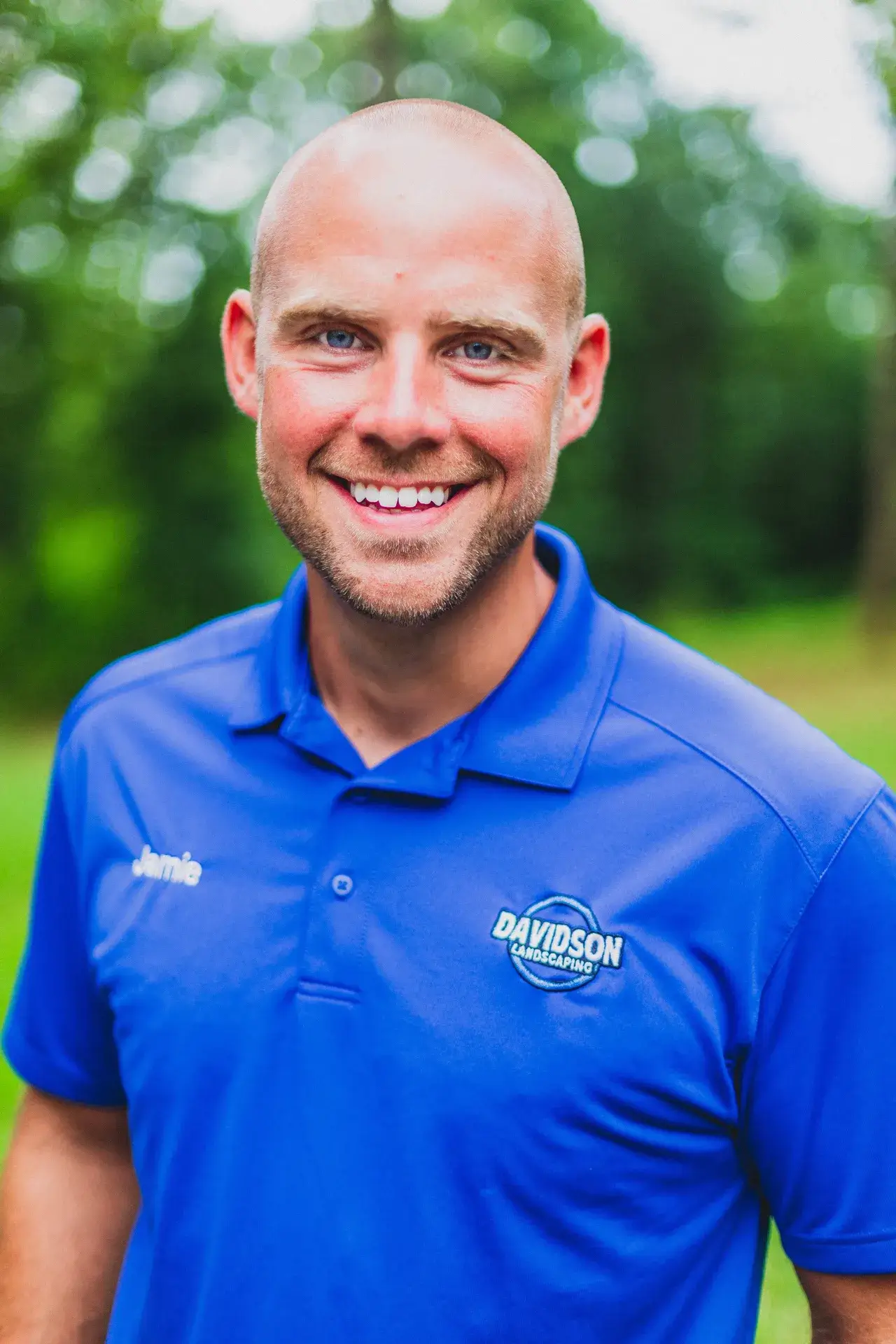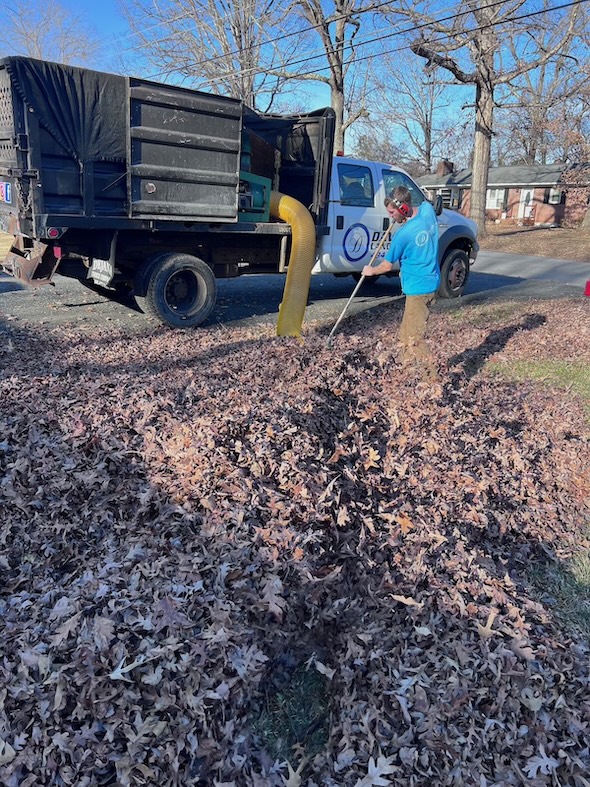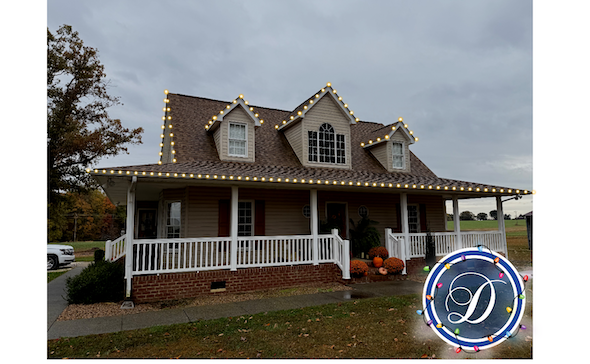A healthy, green lawn isn’t just a nice backdrop—it’s the heart of a beautiful Virginia property. I’ve spent years helping homeowners maintain and improve their yards, and one of the most effective (yet often overlooked) strategies is overseeding. Whether your lawn has bare spots, thinning grass, or just needs a refresh, overseeding can make a world of difference.
In this guide, I’ll walk you through why overseeding is essential for Virginia lawns, when to do it, and how to get the best results. Plus, I’ll share common mistakes to avoid and when it might be best to call in professionals like us at Davidson Landscaping.
Why Overseeding is Essential for a Thriving Virginia Lawn
1. Fills in Bare Patches
Have you noticed thin or bare spots on your lawn? These can be caused by drought, heavy foot traffic, pests, or even pet damage. Overseeding helps fill these gaps, restoring the lawn’s even, lush appearance.
2. Boosts Lawn Density
A thick, dense lawn isn’t just about looks—it’s healthier, too. Dense turf naturally crowds out weeds and provides better resistance to pests and diseases. It also holds up better against Virginia’s seasonal challenges, from summer heatwaves to chilly winters.
3. Enhances Resilience
By introducing new grass varieties, overseeding makes your lawn more adaptable. Different grass types handle stress differently, so a mix can better withstand drought, foot traffic, and extreme temperatures.
4. Improves Aesthetic Appeal
A vibrant green lawn is the ultimate curb appeal booster. Whether you’re looking to impress the neighbors or create a peaceful outdoor space for your family, overseeding ensures your yard stays lush and inviting.
When is the Best Time to Overseed in Virginia?
Timing is everything when it comes to overseeding. The best time for Virginia homeowners is early fall, usually between mid-September and mid-October. Here’s why:
- Warm soil helps seeds germinate faster.
- Cooler air temperatures reduce stress on young grass.
- Less weed competition improves seed establishment.
- More consistent rainfall keeps soil moist for better growth.
Spring can also be an option, but you’ll face more competition from weeds, and summer heat can be tough on new grass.
Choosing the Right Grass Seed for Virginia Lawns
Not all grass types are created equal! In Virginia, we typically recommend cool-season grasses, such as:
- Tall Fescue – Durable, drought-resistant, and great for high-traffic areas.
- Kentucky Bluegrass – Lush, fine-textured, and blends well with Fescue.
- Perennial Ryegrass – Quick germination for fast results.
These grasses thrive in Virginia’s transitional climate, providing year-round color and resilience.
Pro Tip: Look for seed blends labeled "Virginia Adapted" to ensure compatibility with our soil and weather conditions.
How to Prepare Your Lawn for Overseeding
A little preparation goes a long way! Here’s how to get your lawn ready for overseeding:
1. Mow Your Lawn Short
Cut your grass shorter than usual (about 1.5 inches) to allow the new seeds to reach the soil more easily. This prevents the existing grass from shading out the new seedlings.
2. Aerate the Soil
Aeration helps loosen compacted soil, creating space for air, water, and nutrients to reach the roots. If your lawn feels hard and compacted, overseeding without aeration won’t be as effective. We offer professional aeration services to make this step effortless.
3. Remove Thatch and Debris
Thatch (a layer of dead grass and roots) can block seeds from making contact with the soil. Use a rake or dethatcher to clear it away before seeding.
4. Test Your Soil
A soil test can tell you what nutrients your lawn is missing. Many Virginia lawns benefit from added lime to balance soil pH. Need help? Check out our soil testing services.
The Step-by-Step Overseeding Process
1. Spread the Grass Seed Evenly
Use a broadcast spreader for even distribution. Pay extra attention to bare patches and high-traffic areas.
2. Apply a Starter Fertilizer
A phosphorus-rich starter fertilizer gives new grass a boost. Avoid high-nitrogen fertilizers at this stage—they encourage leafy growth before roots develop.
3. Keep the Soil Moist
Water lightly 2-3 times per day to keep the soil moist but not waterlogged. Once seedlings sprout, reduce watering to once per day.
Caring for Your Lawn After Overseeding
Now that you’ve overseeded, here’s how to nurture new grass for the best results:
- Limit Foot Traffic – Avoid walking on new grass for at least 3-4 weeks.
- Wait to Mow – Let the grass reach 3 inches before the first mow.
- Gradually Reduce Watering – As grass establishes, transition to deep, infrequent watering.
Common Overseeding Mistakes (and How to Avoid Them)
Even seasoned homeowners can make mistakes. Here are some of the biggest overseeding errors I see:
❌ Overseeding at the Wrong Time
Too hot? The seeds dry out. Too cold? They don’t germinate. Stick to fall or early spring for best results.
❌ Using the Wrong Grass Seed
Planting warm-season grasses like Bermuda in Virginia’s cool climate? That’s a no-go. Stick with Tall Fescue, Ryegrass, or Kentucky Bluegrass.
❌ Neglecting Soil Prep
Skipping aeration or forgetting to clear debris can reduce seed contact with soil, leading to poor germination.
❌ Over or Under Watering
Too much water leads to mold and disease; too little dries out the seeds. Keep the soil consistently moist in the first few weeks.
When to Call in the Pros
Overseeding is a DIY-friendly project, but if you have a large lawn, compacted soil, or extensive damage, hiring a pro can save time and ensure better results.
At Davidson Landscaping, we offer expert lawn overseeding to help your yard reach its full potential. We combine aeration, top-quality seed, and expert care to guarantee thick, green turf.
Final Thoughts
Overseeding is one of the best investments you can make for a healthy, vibrant Virginia lawn. With the right timing, proper preparation, and ongoing care, you’ll enjoy lush, green grass year-round.
If you’re ready to take your lawn to the next level, reach out to us at Davidson Landscaping. We’d love to help you achieve the best lawn on the block!
Get in Touch
📍 Serving Virginia homeowners with expert landscaping solutions





